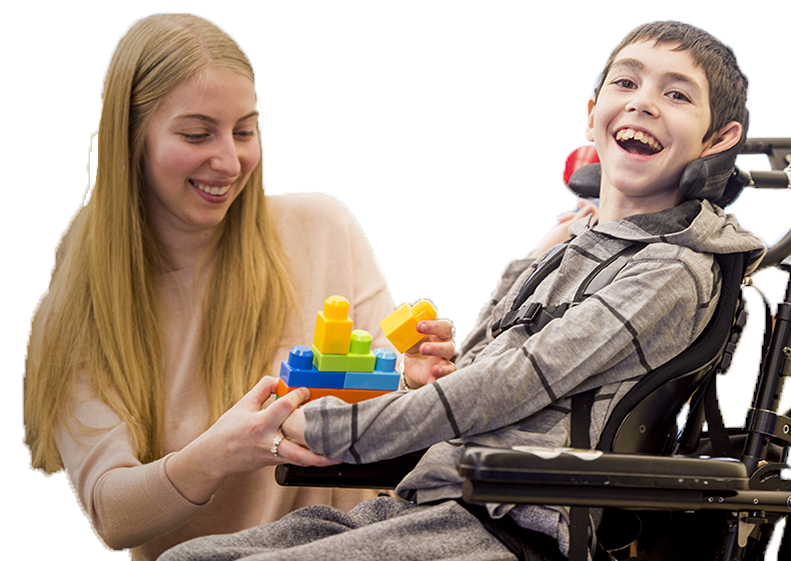Resources Directory
Search below to find a hospital, doctor, therapy, and more

Stanford Hospital & Clinics – Movement Disorder Clinic
Stanford Movement Disorder Clinic – The Stanford Comprehensive Movement Disorders Center (SCMDC) is dedicated to the care of people with movement disorders. The Movement Disorders Center provides comprehensive care with a team approach. Our team is comprised of an adult movement disorders neurologist, a neurosurgeon, a pediatric movement disorders neurologist, a neuropsychologist, a medical physicist, advanced practice nurses, research engineers and research coordinators.
Clinical care includes state-of-the-art medical and surgical treatment for adults and children with movement disorders. A wide range of diagnostic tests and assessments is available to help establish an accurate diagnosis, assess and optimize response to medication therapy and to evaluate patients for movement disorder surgery.
Disorders treated at our center include:
Parkinson's disease is a chronic, progressive neurological disorder. It is due to damage or death of dopamine-producing cells in the brain, leading to a decrease in the neurotransmitter called Dopamine. Dopamine is important for motor function.
Essential Tremor is a chronic neurological condition that presents as involuntary trembling in a part of the body. It occurs most often in the hands and arms, but may also affect the head, voice and legs. The tremor is often associated with purposeful movement, such as writing, buttoning clothes or holding a glass, or when the patient is maintaining a fixed position against gravity, such as when the arms are stretched out straight. The tremor is usually absent or minimal with rest and disappears during sleep.
Dystonia is the term used to describe a movement disorder characterized by involuntary muscle spasms. These spasms can affect different areas of the body and often force certain parts of the body into abnormal movements and postures, some of which are painful.
Click HERE to Access Movement Disorder Website
